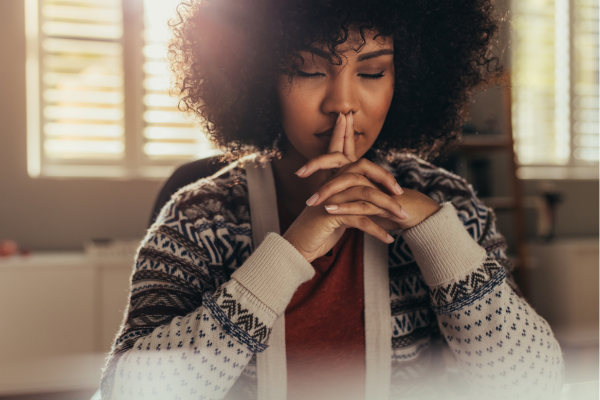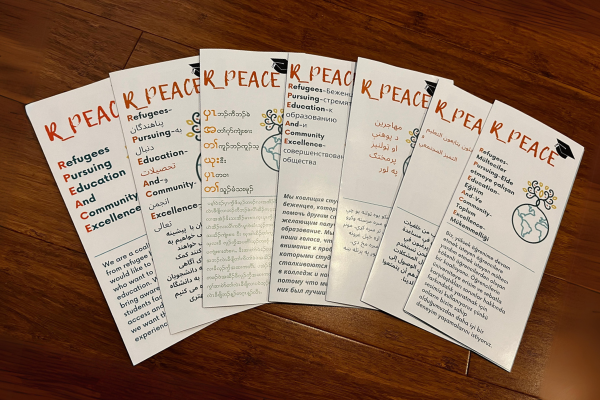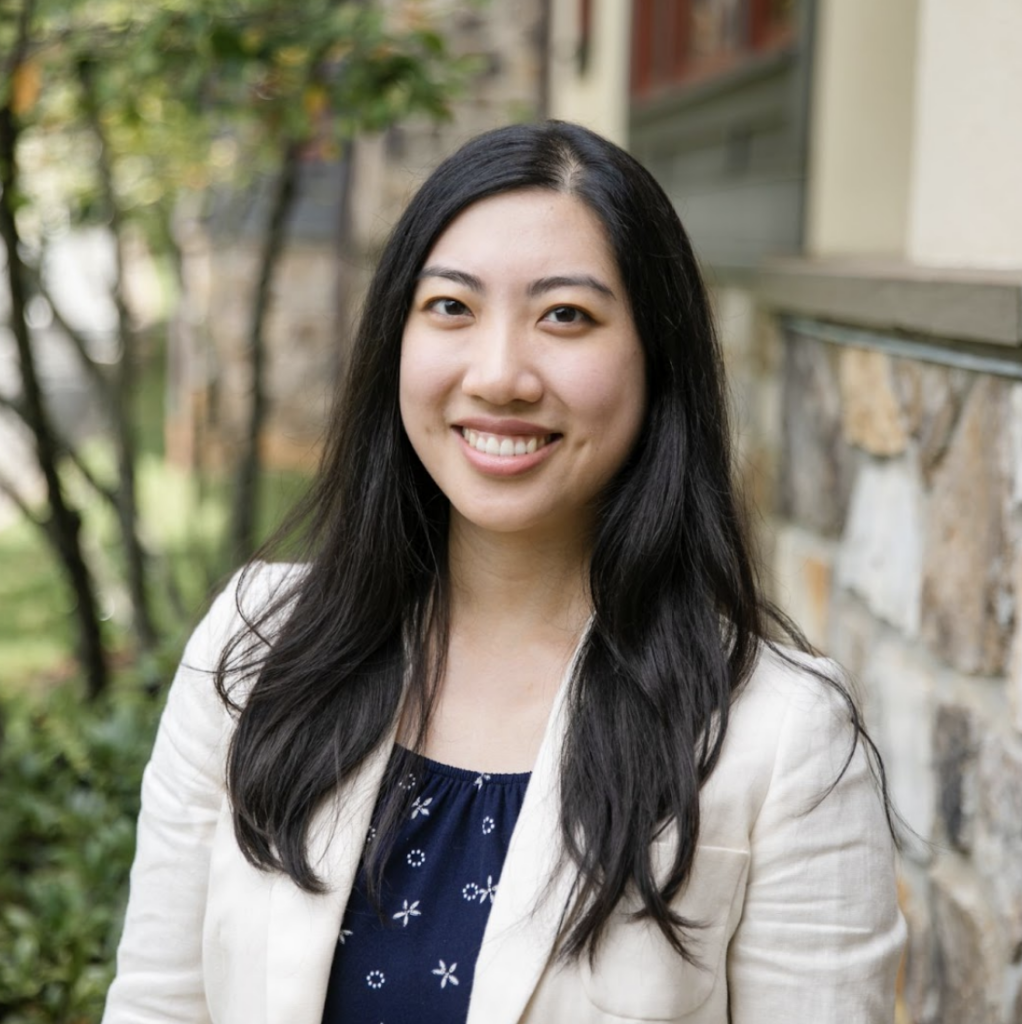By: Aloïse Phelps
Highlights:
- This Research in Brief blog is part of the School Mental Health series highlighting work and resources for mental health professionals.
- This brief originated from the Virginia Partnership for School Mental Health (VPSMH) project, which partners with VA school divisions and institutions of higher education to expand support for school mental health services.
- This brief summarizes a research article situating equity in mindfulness practice within trauma-informed principles (i.e., safety, trust/transparency, & collaboration/mutuality) in the classroom.

With the increase in research supporting the use of mindfulness in schools, educators have started implementing mindfulness interventions within their classrooms. However, limited research has investigated the intersection of mindfulness and trauma-informed care. As a result, teachers are implementing practices without centering equity and racial justice. Without recognizing the root cause of students’ distress, the authors argue educators can unintentionally inflict harm. This article highlights strategies for incorporating mindfulness into middle school classrooms in affirming, culturally-responsive, and trauma-informed ways. Specifically, the authors argue for situating equity in mindfulness practice within trauma-informed principles (i.e., safety, trust/transparency, & collaboration/mutuality) in the classroom.
Importance
- School mental health professionals are in a unique position to help re-center the practice of mindfulness in the classroom.
- In educating staff about the importance of culturally responsive practices, SMHPs are able to prevent harm through mindfulness.
- Additionally, SMHPs are equipped to train school staff on improved practices that can be implemented in the classroom, which can create a more equitable environment for students.
Equity Considerations
- Goal of shifting to trauma-informed, equitable, and culturally responsive approach is to allow students a safe space to process, examine, and heal.
- SMHPs must use an intersectional approach when considering cultural identities.
Practitioner Tips
- Invite students to tap into what makes them feel safe as a means of affirming and validating their experiences. Create a toolbox of these strategies with students that they can use when feeling overwhelmed.
- Leveraging culture, by naming and engaging practices of finding peace used in a variety of cultures, can build trustworthiness and transparency into the practice of mindfulness.
- Allowing students to opt-in (instead of opt-out) provides an opportunity to develop skills in autonomy and engage in mindfulness at a level they are comfortable with.
- Provide students with the opportunity to collaborate and offer feedback on mindfulness activities and practices. This allows students to draw on their own cultural knowledge and creates a mutual effort to understand and practice mindfulness together. School mental health providers can encourage teachers to listen to the feedback with an open mind.
Reference
Duane, A., Casimir, A. E., Mims, L. C., Kaler-Jones, C., & Simmons, D. (2021). Beyond deep breathing: A new vision for equitable, culturally responsive, and trauma-informed mindfulness practice. Middle School Journal, 52(3), 4-14. https://doi.org/10.1080/00940771.2021.1893593
If you have any comments or questions about this post, please email Youth-Nex@virginia.edu. Please visit the Youth-Nex Homepage for up to date information about the work happening at the center.
Author Bio: Aloïse Phelps is a graduate student in the Counselor Education program at the University of Virginia, pursuing the School Mental Health emphasis offered to trainees through the Virginia Partnership for School Mental Health. Trainees in this emphasis complete additional coursework and field experience requirements that prepare them to take on leadership roles in addressing the mental health needs of students in K-12 schools.


